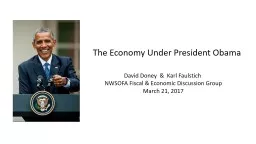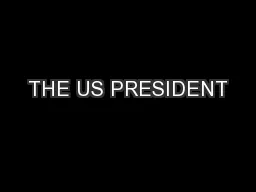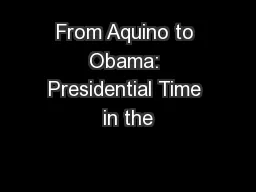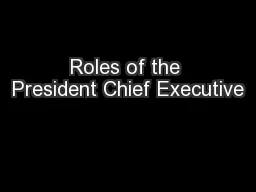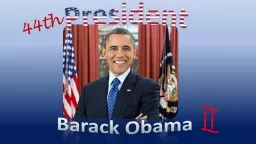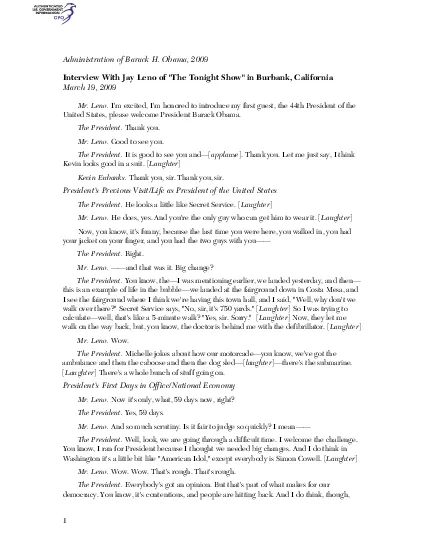PPT-The Economy Under President Obama
Author : ellena-manuel | Published Date : 2017-08-28
David Doney amp Karl Faulstich NWSOFA Fiscal amp Economic Discussion Group March 21 2017 1 2 Topics Response to the Great Recession Fiscal Policies Budget Economic
Presentation Embed Code
Download Presentation
Download Presentation The PPT/PDF document "The Economy Under President Obama" is the property of its rightful owner. Permission is granted to download and print the materials on this website for personal, non-commercial use only, and to display it on your personal computer provided you do not modify the materials and that you retain all copyright notices contained in the materials. By downloading content from our website, you accept the terms of this agreement.
The Economy Under President Obama: Transcript
Download Rules Of Document
"The Economy Under President Obama"The content belongs to its owner. You may download and print it for personal use, without modification, and keep all copyright notices. By downloading, you agree to these terms.
Related Documents

